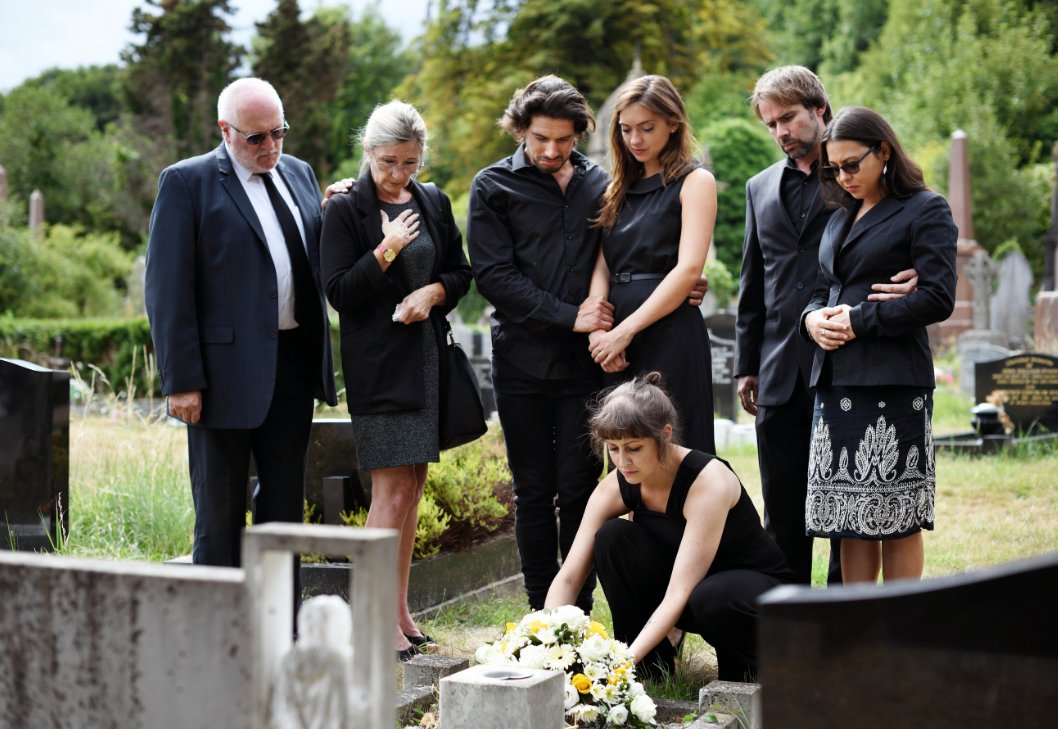At a visitation, it’s essential to offer sincere condolences and support to those grieving. Listen attentively to stories shared by the bereaved, and be present to provide comfort. Engage in meaningful conversations and share fond memories of the departed. Your presence and kind gestures can bring solace during a difficult time. Remember, at a visitation, your empathy and compassion mean more than words can express.
What Do You Do at a Visitation: Exploring the Process of Paying Respects
Welcome to our guide on what to expect and what to do at a visitation. The act of paying respects at a visitation can be a solemn yet important experience. Whether you are attending a visitation for the first time or looking to understand the process better, this article will guide you through the key aspects of a visitation and help you navigate this emotional time with respect and understanding.
Understanding the Purpose of a Visitation
First and foremost, it’s essential to understand the purpose of a visitation. A visitation, also known as a wake or calling hours, is a time for family and friends to come together to support one another, share memories of the deceased, and offer condolences to the grieving family. It provides an opportunity to honor the life of the departed and offer comfort to those who are mourning.
Expressing Condolences
One of the primary reasons for attending a visitation is to express your condolences to the family of the deceased. When you arrive, take a moment to speak with the family members and offer your sympathies. A simple “I’m sorry for your loss” or “My thoughts are with you during this difficult time” can mean a lot to those who are grieving.
Sharing Memories
Another important aspect of a visitation is sharing memories of the deceased. Whether you knew the person well or only in passing, sharing a fond memory or a funny anecdote can help celebrate the life of the departed and bring comfort to those who are mourning. Reflect on the positive impact the person had on your life and share that with others.
Etiquette and Behavior at a Visitation
When attending a visitation, it’s crucial to observe proper etiquette and behavior to show respect for the deceased and their family. Here are some guidelines to keep in mind:
Dress Appropriately
It is customary to dress in a respectful and somber manner when attending a visitation. Opt for subdued colors and conservative attire to show your respect for the deceased and their family. Avoid wearing overly casual or flashy clothing, as this may be seen as disrespectful.
Offer Your Support
During a visitation, it’s essential to offer your support to the grieving family. Be present, attentive, and compassionate towards those who are mourning. Actively listen to their stories and provide a shoulder to lean on if needed. Your presence and support can provide comfort during this difficult time.
Observe Quiet and Respectful Behavior
While at the visitation, maintain a quiet and respectful demeanor. Avoid loud conversations, laughter, or disruptive behavior that may disturb others who are paying their respects. Keep your voice low and tone down any distractions, such as loud phone alerts or conversations.
Navigating the Visitation Process
Attending a visitation can be an emotional and overwhelming experience. Understanding the typical flow of a visitation can help you navigate the process with ease and grace:
Signing the Guestbook
Upon arrival, locate the guestbook and sign your name to let the family know you were in attendance. You may also write a brief message of condolence or share a memory of the deceased. This simple gesture can provide comfort to the family and serve as a keepsake for them in the future.
Paying Your Respects
After signing the guestbook, approach the casket or urn to pay your respects to the deceased. Offer a moment of silent prayer or reflection, and if desired, say a few words of farewell. You may also choose to place a flower or a token of remembrance in or near the casket as a symbol of your respect and love.
Interacting with Others
During the visitation, take the time to interact with other attendees and offer your support and condolences. Listen to their stories and share your own memories of the deceased. Engaging with others can help create a sense of community and shared grief, making the experience more meaningful for everyone.
Conclusion: Honoring the Memory of a Loved One
Attending a visitation is a meaningful way to honor the memory of a loved one and show your support for their family during a difficult time. By expressing your condolences, sharing memories, observing proper etiquette, and navigating the visitation process with respect and understanding, you can contribute to the healing process for all those involved. Remember, the act of paying respects is a powerful gesture of love and compassion that can bring comfort and solace to those who are grieving.
We hope this guide has provided you with valuable insights on what to do at a visitation and how to navigate this emotional experience with grace and sensitivity. Thank you for reading, and may your presence bring comfort and support to those in need.
How to Follow Proper Funeral Etiquette
Frequently Asked Questions
What activities are typically done during a visitation?
During a visitation, various activities are usually conducted depending on the purpose of the visit. Common activities may include meeting with the individual or group, discussing specific topics, exchanging information, answering questions, and providing guidance or support as needed.
How long does a visitation usually last?
The duration of a visitation can vary based on the nature of the visit and the available time. Some visitations may be brief, lasting only a few minutes, while others can be more extensive and may span hours. It is important to allocate sufficient time to address all relevant matters effectively during the visit.
What is the role of the visitor during a visitation?
The visitor plays a crucial role during a visitation by being attentive, engaging, and responsive to the needs of the individual or group being visited. They are responsible for facilitating discussions, providing information, offering assistance, and ensuring that the visitation objectives are met in a positive and constructive manner.
Final Thoughts
During a visitation, greet the family members and offer your condolences. Engage in conversation and share memories of the deceased. Show respect by attentively listening and offering support. Remember, the focus is on providing comfort to those grieving and honoring the memory of the loved one. So, always be empathetic and compassionate in what you do at a visitation.






